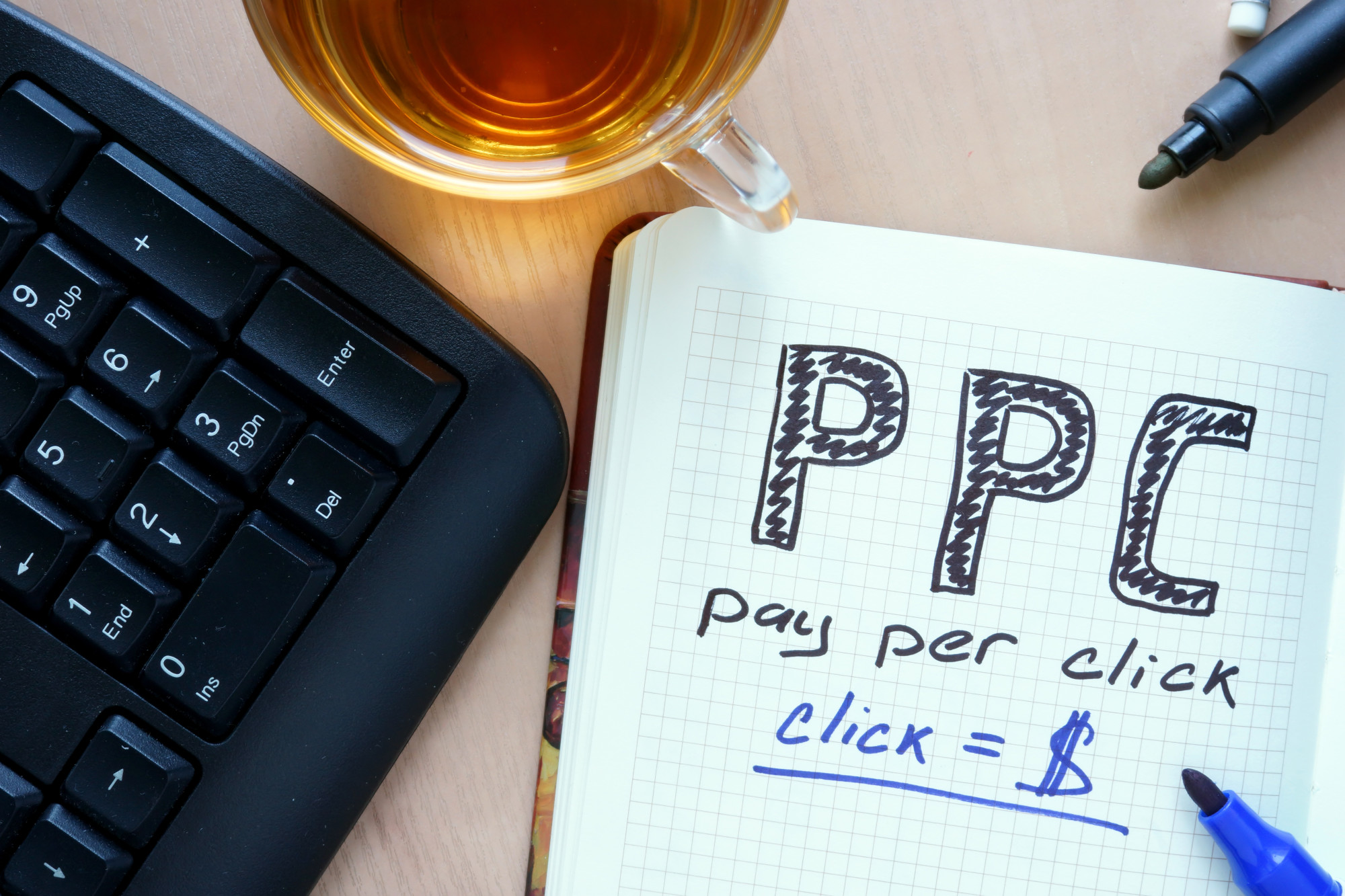The global SaaS industry is currently valued at a whopping $60.36 billion. If you’re a SaaS provider, that number holds both good and bad news for your PPC strategy.
As a plus, businesses continue to spend more and more on software-as-a-service applications. On the flip side, the industry’s growth means competition is getting fierce. Today, having an excellent marketing strategy with a keen focus on lead generation is one of the best ways to get ahead.
But maybe you’ve put a lot of effort into your strategy, only to fall flat when it comes to reviewing the results. Not to worry. If you want to generate more leads with your PPC marketing strategy, read on and learn about 3 common mistakes to avoid.
Top 3 PPC Strategy Fails
1. Focusing on the Wrong Keywords
When it comes to pay-per-click ads, the actual price per click can vary dramatically between industries. The more profitable and competitive the sector, the more you can expect to pay for e-leads.
That’s why it’s so important to make every keyword count when it comes to your PPC strategy. Before you choose general keywords (like “SaaS solution” or “service provider”), think of them in a problem-solving scenario.
Your potential customers are most likely to buy when they’re searching for the solution to a pain point and there’s an ad with the answer staring back at them. With that in mind, choose search terms that answer the questions your audience is asking in their time of need.
Once you know which keywords are the most valuable to your audience, find a balance between cost and potential ROI. If you’re just starting out with PPC lead generation, it may be wise to focus on search terms with moderate risk and reward until you gather more data on what your customers prefer.
2. Only Using One Ad Style or Platform
Even if you know how to craft ad campaigns like a pro, you won’t do your business any favors if you only stick to one style of advertisement.
Think about it. Your target audience frequents a variety of sites. If you only invest in a Google AdWords campaign, you’re missing out on chances to contact future clients on Facebook, Bing, Pinterest, YouTube, and other social platforms.
Diversifying the styles and platforms you use in a PPC strategy helps you follow the “rule of seven“, the long-held theory that it takes an average of 7 contacts with your brand before someone is ready to buy.
How do you decide which platforms and formats to take advantage of? Start by figuring out the top three places your audience will go for help with the problem your product solves. Will they look for video tutorials, infographics, or long-form content? Are they just looking for a recommendation from a page they trust?
Use this information to make video, graphic, and text-based ads and host them on the sites your audience visits the most.
Tip: Getting the Timing Right
It’s important to manage ad campaigns on different platforms, but the timing is important.
If you’re just getting started with your PPC ad strategy, this may not be the best move. You likely have a relatively limited budget, you might not know a lot about paid ads yet, and you definitely don’t have the data.
At the early stages, managing a single platform is acceptable. As you start gathering data about your audience, results start coming in, and you’re in a position to invest more money into your PPC strategy, you can start juggling multiple platforms at once.
3. Ignoring Your Competition
Even if you don’t consider competing SaaS companies to be your enemy, it’s still worth keeping them as close as – or closer than – your friends.
If you’re struggling with either of the above tips, take a look at how similar SaaS companies are bringing in customers. Analyze their ads for effective keywords. Look at how they’re formatting their ads, and pay close attention to the sites and platforms they target the most.
When you look into competitor’s PPC strategy, you have a chance to intercept customers before they buy from someone else.
Most important are the ads which they stick with in the long run. Any ads which a competitor continues to run is likely to be delivering great results for them, hence their persistent investing. Don’t directly copy these types of ads but rather use them for inspiration on your own ads.
If you really want to advance your strategy and get more insight into how your competitors are handling their own, PPC spy tools are incredibly helpful. Tools like SpyFu provide endless data on your competitor’s campaigns. What keywords they bid on, how much they invest, and a lot more data that’ll help you out.
Developing an Effective PPC Strategy for Lead Generation
Your next customers may only be only a click away. And while those clicks will cost you, following the above tips can make the investment more than worth it in returns.
It’s not for everyone though. Coming up with an effectively and cost-efficient marketing strategy takes time and knowledge. Not to mention that having experience goes a long way. For a lot of people, having a PPC agency step in and manage their campaigns is much easier.
If you want to see a dramatic improvement in your cost-to-conversion ratio this year, book a discovery call with KonvertLab today. We’ll help you scale a PPC strategy and combine it with the power of the perfect landing page to optimize your sales from start to finish.

